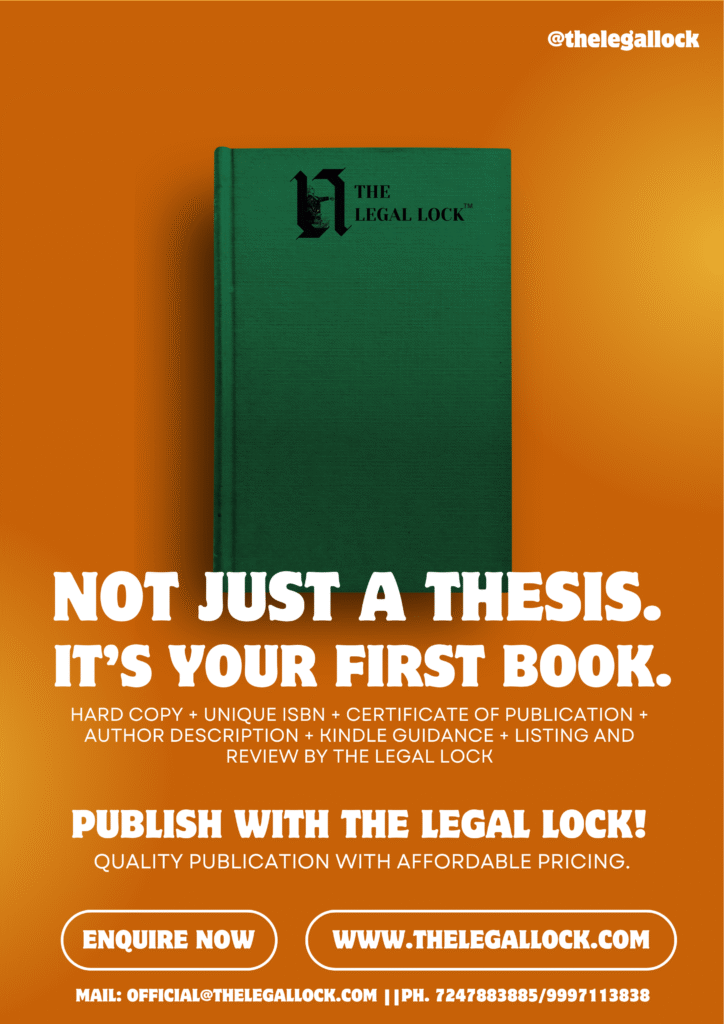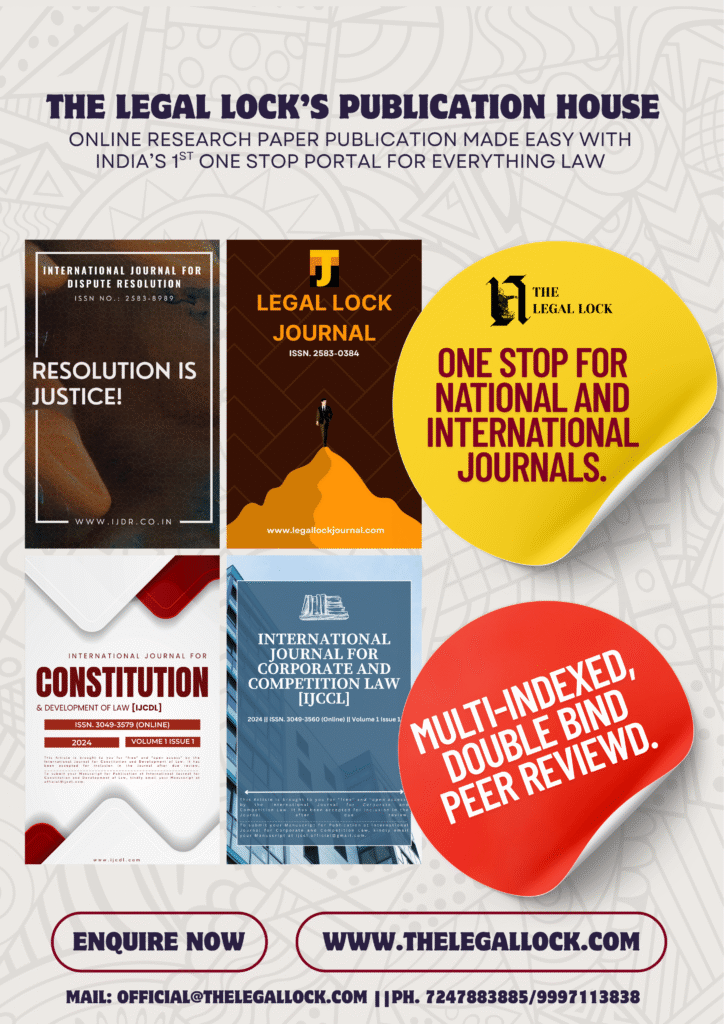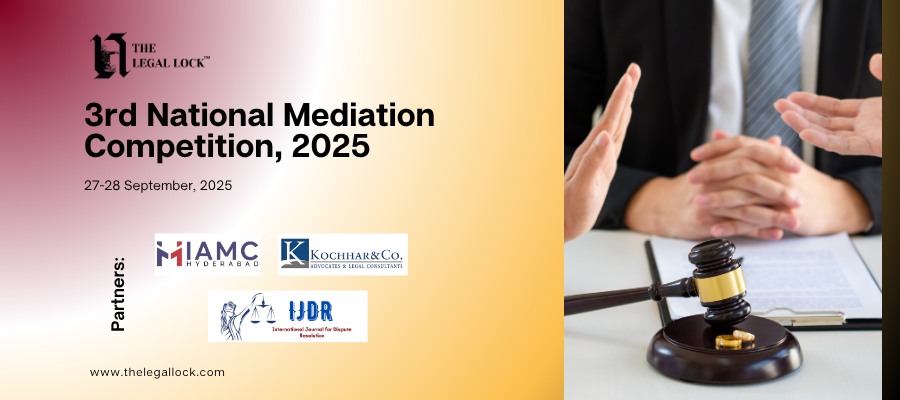| Name of the case | Prem Shankar Shukla V. Delhi Administration |
| Citation | AIR 1980 SC 1535 |
| Year of the case | 29th April, 1980 |
| Appellant | Prem Shankar Shukla |
| Respondent | Delhi Administration |
| Bench/ Judges | Krishnaiyer, V.R. Pathak, R.S. Reddy, O. Chinnappa |
| Acts involved | The Criminal Procedure Code, 1973; The Constitution of India, 1949 |
| Important Sections | Section 49, 50 & 51 of The Criminal Procedure Code, 1973; Section 32(1) of The Constitution of India, 1949 |
Introduction
The case of Prem Shankar Shukla V Delhi Administration[1] was one of the landmark cases decided by the Hon’ble Supreme Court of India in the matters and provisionality of Law of Crimes regarding to whether hand-cuffing was constitutionally valid or not. In the following case the petitioner was a prisoner under-trial and was kept at the Tihar Jail. While being taken to court every day for various pending matters and judgments he would be handcuffed by the officer in charge or on duty on that particular day. Though the Trial court had given its hearing that handcuffs should not be used and made applicable while taking the petitioner to the court and back for the proceedings, but still the escorting officers continued the same. In furtherance to the proceedings and continuance of disobeyance of the orders of the Trial court, the petitioner sent a telegram to one of the judges of the Supreme Court complaining and mentioning about this torture and humiliation. Also the petitioner filed a habeas corpus petition in the Supreme Court which was duly entertained based on the question whether hand-cuffing is constitutionality valid or not?
The Hon’ble Supreme Court contending on the present case reviewed and extended that “handcuffs are prima facie inhuman, unreasonable, and at first blush arbitrary without fair procedure and objective monitoring.” The court further stated that it understands the purpose of handcuffs to not allow prisoners to run away, but reinstated that it is not compulsorily mandated and required necessary at all the times. The opined court also stated that handcuffing a prisoner is also against the law and provisions of the Constitution of India particularly Article 14, 19 and 21[2] and also violates the basic and quintessential dignity of humans guaranteed and enshrined by the laws of the country.
Adding to the contention the Hon’ble Supreme Court held that “to bind a man hand-and-foot, fetter his limbs with hoops of steel, shuffle him along in the streets and stand him for hours in the courts is to torture him, defile his dignity, vulgarise society and foul the soul of our constitutional culture.” Also it was further justified that even though the orders from the Superiors state that handcuffing is necessary and important it should only be validated if it is absolutely sufficient and necessary. Also if there is no strict supervision required or there are stringent orders then handcuffing should not be done and should be avoided in maximum possible capacity since a person in jail having appearances in court means that he has not been declared a violator of the law of land and therefore should not be subjected to such treatment and humiliation until proven guilty.
Background of the Case
It is now a mandate that any arrested person must be produced before a magistrate within 24 hours of his or her arrest. From that point of time the person will be remanded to custody only with a judicial order. If a judicial order is obtained then the arrested person will be taken to the court from the jail and back to the jail by an escorting party provided by the police, and this escorting party is the sole person responsible for the conduct and safety of the under trial prisoners. Handcuffing used to happen in cases when the prisoner is violent and aggressive. Earlier handcuffs were merely used for extraneous considerations and on the convenience of the escort party either for humiliation or for actual punishment situations.
Section 49 – Criminal Procedure Code, 1973[9]
The following Section clearly states on the importance of not restraining a person unnecessarily and further adds that a person should not be subjected to more restraint than absolutely necessary and implied by law to do so for the sake of the law and land and avoid negligence on part of the law.
Article 32 (1) – The Constitution of India, 1949[10]
The Article elucidates that every person has right to move the court in an appropriate and specified manner for the rights mentioned in the scheduled part and if those rights mentioned under this Part have been violated.
In the present case of Prem Shankar Shukla v. Delhi Administration the Supreme Court noted and stated the fact that the practice of handcuffing and fettering the prisoner by the police officials is objectionable and questionable. The Supreme Court had further raised questions and doubts and put restrictions on the police’s discretionary power to handcuff prisoners. In the following case the plaintiff, Prem Shankar Shukla had sent a telegram as an undertrial prisoner to the Apex court, when he was being taken from jail to the magistrate’s court and back. A habeas corpus petition was duly administered in the court of law and Justice Krishna Iyer felt it to be consistent with Articles 14 and 19 of the Constitution of India and held that “no prisoner shall be… fettered routinely or for the convenience of the escort or custodian.”[13]
Further the court held that in certain cases which involve extremity where handcuffs are mandatory to be used, the escorting party must record and mention and contemporaneity the reason for doing such an act. Further the court also stated that it was arbitrary and quite contrary to the principles enshrined in the Constitution of India to classify prisoners into “better class” or “under class”. [14]
The ruling by the court of law for the current judgment was given in 1980, however the rules and necessary guidelines were only declared and added in 1988. The guidelines highlighted the fact that the handcuffs cannot be used on the convenience of the custodians and that handcuffing can be avoided by adopting better strategies like increasing the strength of the armed forces or escorts, or by commuting and transferring the prisoners in well protected and modified vans. Further in consistency and accordance with these guidelines, each state had issued a different police manual for its people depending upon the statutory provisions and rules governing that boundary or periphery.
In the following case Justice Krishna Iyer had eloquently stated that “The guaranty of human dignity which forms parts of our constitutional culture…. Springs into action when we realise that to manacle a man is more than to mortify him, it is to dehumanise him and therefore, to violate his very personhood too often using the mask of dangerousness and security.”[15] From the following context what we can infer is that the facts in this case are largely beyond dispute and that brief narration is required by law so that the case and its analysis and interpretation can be further accessed, discussed and declared. Adding to the contentions raised in this case it is to be noted that in the case of Sunil Batra v. Delhi Administration[16] it was stated and elucidated that humanistically it should be assumed that a prisoner is a human and not an animal and that an under-trial prisoner is a fortiori and thus a prisoner should not be discriminated based on his class or should not be treated unlike any other ordinary human being. [17]
To understand the judgment and analysis of the case it is important to know the facts. In the present case a prisoner sent a telegram to the judge of the apex court complaining of handcuffs which he was forced to put on himself, he filed a habeas corpus petition on behalf of all the other prisoners implicitly protesting against the humiliation and torture of being held in irons in public, back and forth, when kept in custody in Tihar jail and were being taken to the Delhi courts as under-trail prisoners.
Further what happened is that despite the petitioners complaint and courts direction to stop using irons on him, it continued to persist and this actually was the sole reason which led him to send a litany to the Supreme Court which is the most superior and functional sentinel on the qui vive where habeas writ and justice is in jeopardy. If there is question before the court of law regarding handcuffing of a prisoner and irons, it should fling aside forms of procedure and decide and defend the complainant in accordance with Articles 14, 19 and 21 of the Constitution of India[18]. Also the case must be read in light of Article 32 which states that access to human justice is the essence of the Constitution of India and sensitized by the dynamic perspective of the same case, the facts and questions to law have been examined and interpreted.
Further the court of law and the counsels in the present case contended using and interpreting Article 5 of the Universal Declaration of Human Rights, 1948 that “no one shall be subjected to torture or to cruel, inhuman or degrading treatment or punishment.”[19] And further analysed Article 10 of the International Covenant on Civil and Political Rights which reads that “all persons deprived of their liberty shall be treated with humanity and with respect for the inherent dignity of the human person.” [20] further we can contemplate the case by analysing the words of Justice Felix Frankfurter which read as follows “the history of liberty has been largely the history of observance of procedural safeguards.”[21] Also in the case of Maneka Gandhi v. Union of India it was held that “the ambit of personal liberty protected by Article 21 is wide and comprehensive and it embraces both substantive rights to personal liberty and the procedure provide for their deprivation.”
Conclusion
In the present case it was held and contended that handcuffing is prima facie unreasonable and arbitrary and based on such conventions the apex court laid down certain directives and guidelines to be followed and made mandated by everyone. Further it was said that preventing the escape of an under-trail is in public interest, reasonable and just and it cannot be castigated. The statement further reiterated the fact that there are other measures which can be adopted to make sure that the custody of a detenu is kept safe and secured without cruelty and indignity being implicit in the method adopted. We should agree with the contentions raised in the prevent case that manacles are mayhem on the human body and inflict humiliation on the bearer for no reason of fault since the person is an under trail prisoner and still left to be convicted.[42]
Further it is to be considered that fetters or handcuffs should not be inflicted on a person who is an under-trail prisoner unnecessarily just for the sake or convenience of the escort. Further it should be understood and analysed by everyone that where there is no need to manacle a person and it happens, it is sadistic, capricious despotic and demoralizing to humble a man by manacling him. It should be known that handcuffing is to hoop harshly and to punish humiliatingly and this cannot be resorted to for ensuring security, and handcuffs must be adopted as the last refuge. Also no prisoner shall be fettered or handcuffed routinely for the sake or convenience of the prisoner and also functional compulsions of security must reach that dismal degree whereon alternative will work except manacles.
Also in extreme situations when handcuffing is the only option, the intending officer or escort must have contemporaneously the reasons and justifications for taking such a step and must have secured a judicial order from the magistrate. Further it should be noted that since a person is charged with a grave or serious offence does not give the liberty to the escort or officials to handcuff him. Also all prisoners should not be placed on the same footing unless there is a rational classification already mentioned and adhered upon by the court of law or provisions of law such as age, health, occupational needs or academic circumstances.
Also a police officer when vested with power to restrain a person by handcuffing him must not otherwise completely necessary and it cannot do without the same. Also if a police officer makes arbitrary uses of his power then he would be subject to provisions under use of malicious power under Section 220 of the Indian Penal Code, 1860[43] and Sections 46 and 49 of the Code of Criminal procedure, 1973[44] which define the parameters of the power envisaged upon these officers by the code and law while restraining a prisoner under trial. Finally what this Section means and elucidates is that the person or authority in charge of such cases where under-trial prisoners are at stake must ensure that each prisoner is handled separately and there is no commonness in techniques adopted or used. Also the question whether the prisoner should be handcuffed and fettered or not should be taken on the basis of the circumstances, general conduct, behaviours and character.
In the ultimate analysis of determination, once each individuals case is analysed the case circumstances must determine what amount of restraint should be imposed and to what degree of the same. The social status, education and habit of life of persons should be intended to protect the dignity of the person. Therefore from the above contentions we can conclude that the handcuffs should be used on prisoners on a restrictive basis and it should be the last resort.
Further rather than analysing the persons past behaviour and antecedents in deciding the question as to whether handcuff is mandatory or not some other medium should be formulated in accordance with the provisions of the law. Every individual should be respectfully governed by the principles enshrined in the Constitution of India by Articles 14, 19 and 21 and further every under trial prisoner should be treated with dignity and given the freedom to movement irrespective of the nature and heinousity of the crime committed and performed, it should finally be rational and not arbitrary.









